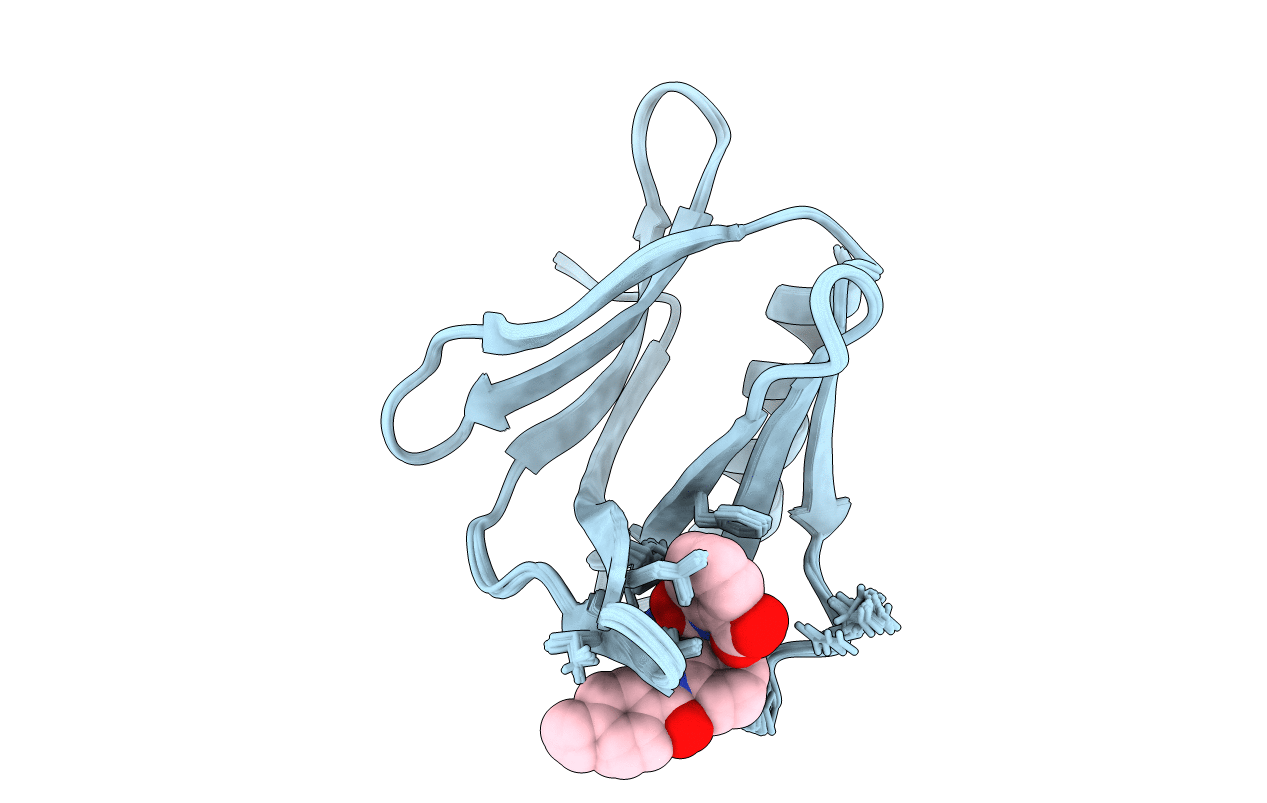
Deposition Date
2020-12-03
Release Date
2021-12-15
Last Version Date
2024-11-13
Method Details:
Experimental Method:
Conformers Calculated:
200
Conformers Submitted:
20
Selection Criteria:
structures with the lowest energy


